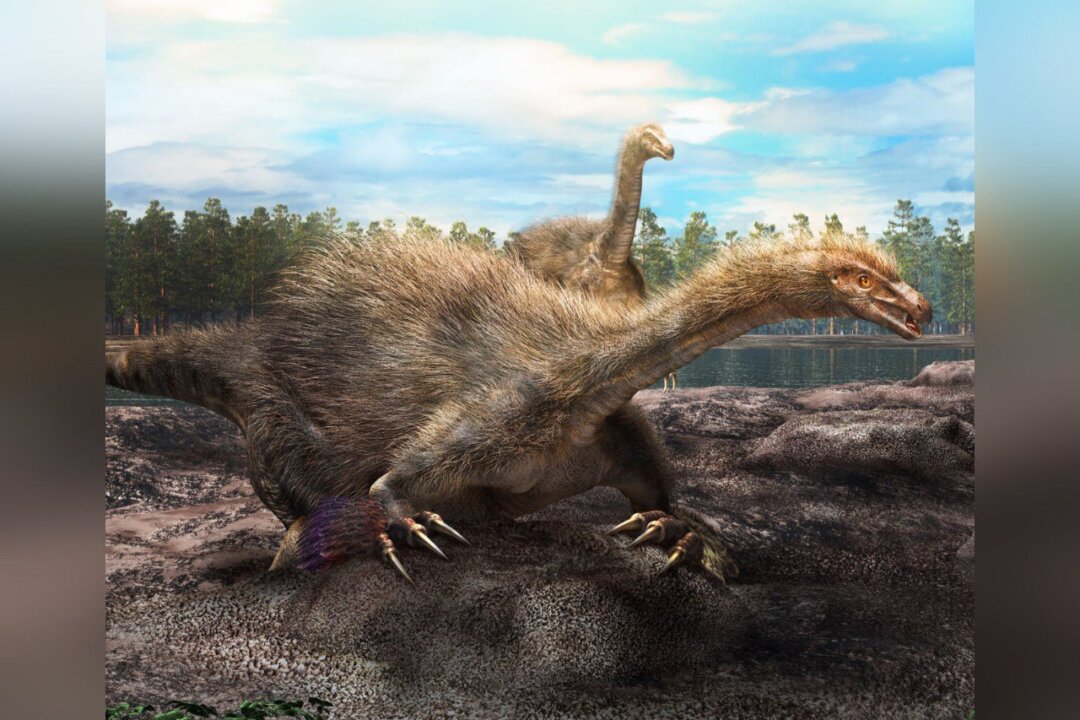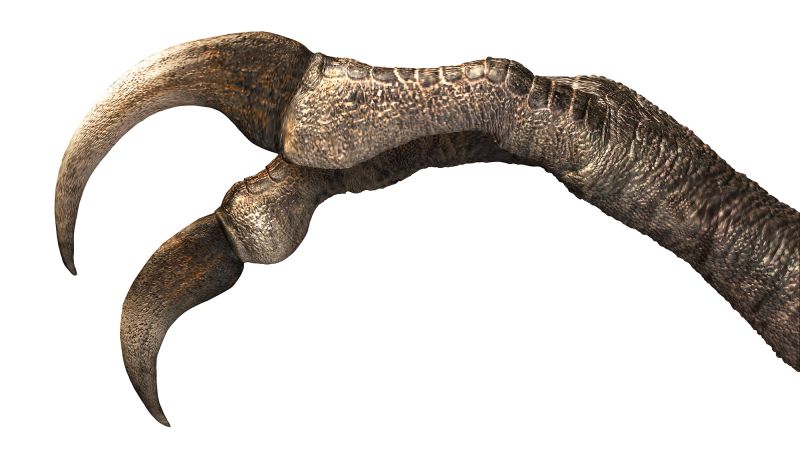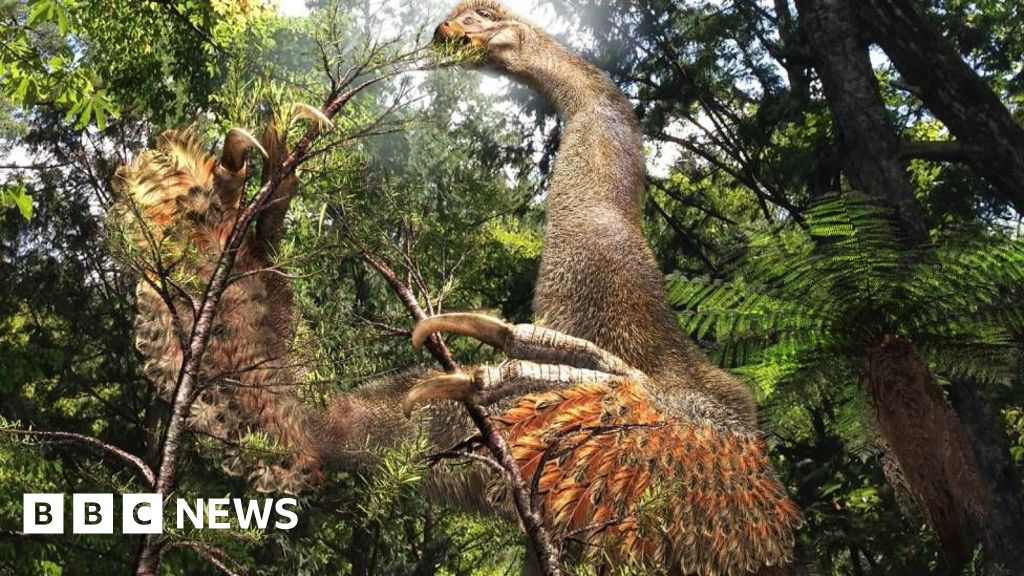New Dinosaur Species Duonychus tsogtbaatari Discovered in Mongolia
Paleontologists have identified Duonychus tsogtbaatari, a unique dinosaur with two claws, found in Mongolia's Gobi Desert.
Subscribe to unlock this story
We really don't like cutting you off, but you've reached your monthly limit. At just $5/month, subscriptions are how we keep this project going. Start your free 7-day trial today!
Get StartedHave an account? Sign in
Overview
Scientists have uncovered a remarkable new dinosaur species, Duonychus tsogtbaatari, in Mongolia's Gobi Desert. This therizinosaur is characterized by its unique two-clawed limbs and distinctive features that suggest a diet of vegetation. Weighing around 260 kg and standing about 10 feet tall, Duonychus had keratinous sheaths covering its long claws, a first for its group. The discovery sheds light on the evolutionary adaptations of therizinosaurs during the Cretaceous period, with implications for our understanding of dinosaur behavior and anatomy. This significant find was made during fossil recovery efforts in a well-known dinosaur fossil site.
Report issue

Read both sides in 5 minutes each day
Analysis
Analysis unavailable for this viewpoint.
Articles (3)
Center (1)
FAQ
Duonychus tsogtbaatari likely inhabited a diverse Late Cretaceous environment similar to the Okavango Delta, with features such as river channels, mudflats, and shallow lakes, as is characteristic of the Gobi Desert's Nemegt Formation where similar dinosaurs have been found.
The presence of keratinous sheaths covering the long claws of Duonychus tsogtbaatari is notable as it is a first for its group, suggesting unique adaptations and possibly evolutionary advantages.
Duonychus tsogtbaatari is unique among therizinosaurs due to its two-clawed limbs. However, specific comparisons to other therizinosaurs are not detailed in the available information, suggesting further research may be needed.
History
- This story does not have any previous versions.


